Gangseo Myeonok (강서면옥)
1.7Km 2020-04-17
35, Sejong-daero 11-gil, Jung-gu, Seoul
+82-2-752-1945
Gangseo Myeonok has been famous for over fifty years, having been the food of choice served to visiting dignitaries from North Korea at the time of the South-North Red Cross Conference. The restaurant has succeeded in carrying on the tradition of Pyeongyang-style naengmyeon. The native buckwheat from Gangwon-do mixed with starch makes for fine noodles, and the wonderful broth is made from beef brisket with white radish kimchi.
NUHADANG [Korea Quality] / 누하당 [한국관광 품질인증]
1.7Km 2020-09-10
49-7, Pirundae-ro, Jongno-gu, Seoul
010-9692-1330
Guesthouse Nuha is a ‘hanok’ or traditional Korean house consisting of four guestrooms located in Nuha-dong, Seochon (west of Gyeongbokgung Palace, Jongno, Seoul) where many Confucian scholars and artists lived during the Joseon Dynasty.
Exuding a refined atmosphere, Guesthouse Nuha is very popular among not only domestic visitors but also foreign tourists who want to experience the flavor of Korea in a cozy hanok. All four guestrooms (An-bang, Sarang-bang, Geul-bang, and Byeol-dang) are covered with eco-friendly hanji (traditional Korean paper handmade from mulberry tree) wallpaper, and are equipped with a thick cotton-wool comforter and pillows imbued with the scent of Hinoki cypress tree to help guests relieve their fatigue.
Breakfast is served free of charge. Guests can also experience traditional Korean culture here, such as playing a Korean musical instrument (janggu or double-headed drum), playing a game of yut in the yard, or wearing hanbok (traditional Korean clothes). Although a local bus service passes through the village, it is highly recommended to take a quiet leisurely around the area.
Centro de Arte de Namsan (남산예술센터)
1.7Km 2021-12-27
Sopa-ro 138, Jung-gu, Seúl.
+82-2-758-2150
Situado en el barrio de Myeong-dong, Seúl, el Centro de Arte de Namsan es un centro complejo cultural que presenta actuaciones artísiticas innovadoras y creativas a todo el público, permitiéndole que participe también en actividades interactivas. Antes, este lugar era un viejo centro de rodaje de telenovelas, pero tras su remodelación, renació como el Centro de Artes de Namsan, en junio de 2009.
El Centro de Arte de Namsan está compuesto por 2 áreas que son el Centro de Telenovelas y el Centro de Educación Artística. El Centro de Telenovelas es un teatro y presenta obras interpretadas por artístas nacionales e internacionales que toman como el temas principales el futurismo y la innovación. El teatro cuenta con 480 asientos en total y es utilizado también para presentar diferentes obras de teatro moderno, ceremonias escolares, audiciones, etc. Y el Centro de Educación Artística es un lugar donde todos los ciudadanos puede aprender sobre diferentes tipos de arte y participar en distintas actividades interactivas.
Teatro ARKO (아르코예술극장)
1.7Km 2025-09-15
Daehak-ro 8-gil 7, Jongno-gu, Seúl.
Residencia Gyeonggyojang en Seúl (서울 경교장)
1.7Km 2025-08-20
Saemunan-ro 29, Jongno-gu, Seúl
La Residencia Gyeonggyojang está situada en Pyeong-dong, Jongno-gu, Seúl. Se la considera un sitio histórico y solía ser una oficina y residencia hasta que Bakebeom Kim Koo, figura lider durante el gobierno provisional de Corea, fue asesinado el 26 de junio de 1949. La casa es uno de los tres sitios donde actividades sobre la fundación de un gobierno democrático tuvieron lugar, antes de que se estabilizase por completo.
Moguchon Sutbulgalbi (목우촌숯불갈비)
1.7Km 2021-03-18
49-1, Seonggyungwan-ro, Jongno-gu, Seoul
+82-2-3672-2867
This is a Korean cuisine located in Jongno-gu, Seoul. A restaurant serving charcoal-grilled meat. The best menu at this restaurant is grilled boneless beef ribs.
Yangpyeong Haejangguk (양평해장국)
1.7Km 2021-03-30
48, Sungkyunkwan-ro 4-gil, Jongno-gu, Seoul
+82-2-742-6960
It is a favorite place frequently visited by the residents of Hyehwa-dong. This restaurant's signature menu is hangover soup. This Korean dishes restaurant is located in Jongno-gu, Seoul.
Casa de Corea (Korea House) (한국의집)
1.7Km 2025-08-07
Toegye-ro 36-gil 10, Jung-gu, Seúl
La Casa de Corea fue inaugurada en 1981. Se trata de un edificio tradicional que presenta la cultura y estilo de vida de los coreanos, donde usted también podrá tener una experiencia personal en la tradicional arquitectura y el clásico ambiente.
El edificio fue levantado después de la construcción del pabellón Jagyeongjeon del palacio Gyeongbokgung de la dinastía Joseon. Es el único edificio construido según el estilo arquitectónico tradicional. Se encuentra dividido en Haeringwan (el sector donde la gente del mundo entabla amistad), el teatro folclórico, y tres edificios anexos (Munhyangnu, Nogeumjeong y Cheongujeong). Dentro de Haeringwan usted podrá disfrutar de la música tradicional en Garakdang, y en Sohwadang, probar comidas tradicionales. Especialmente, en el patio de Garakdang podrá observar las ceremonias de boda tradicional o a la gente practicando juegos tradicionales.
Si visita la Casa de Corea un fin de semana, podrá presenciar la ceremonia nupcial tradicional. También, el Teatro Folclórico dispone de unos 100 asientos para recibir al público, y por las tardes, los Patrimonios Culturales Humanos o miembros del Centro de Artes Tradicionales Interpretativas y miembros del Cuerpo Nacional de Danza ejecutan música tradicional e interpretan danzas tradicionales. Sinawi, Salpuri, Pansori, la danza del tambor y la Danza de Máscaras de Bongsan son los programas más populares entre los extranjeros. Todos los programas llevan explicaciones hechas en inglés y japonés. En la Tienda de Presentes Culturales podrá ver diversas obras de artesanía hechas por los maestros de artesanía tradicional, las cuales están a la venta. Hay vajilla de barro, cerámicas, orfebrerías, nudos y bordados, de entre unas 500 piezas de trabajos artísticos hechas por maestros artesanos de 20 diferentes especialidades. Al lado de la Casa de Corea se sitúa la Aldea Tradicional Coreana Namsangol, y allí podrá contemplar también las casas tradicionales coreanas.
Korea House (한국의집)
1.7Km 2025-08-07
10, Toegye-ro 36-gil, Jung-gu, Seoul
Sarang Café & Art Shop de la Casa de Corea (한국의집 사랑 카페앤아트샵)
1.7Km 2024-02-05
Toegye-ro 36-gil 10, Jung-gu, Seúl

![NUHADANG [Korea Quality] / 누하당 [한국관광 품질인증]](http://tong.visitkorea.or.kr/cms/resource/58/2532358_image2_1.jpg)
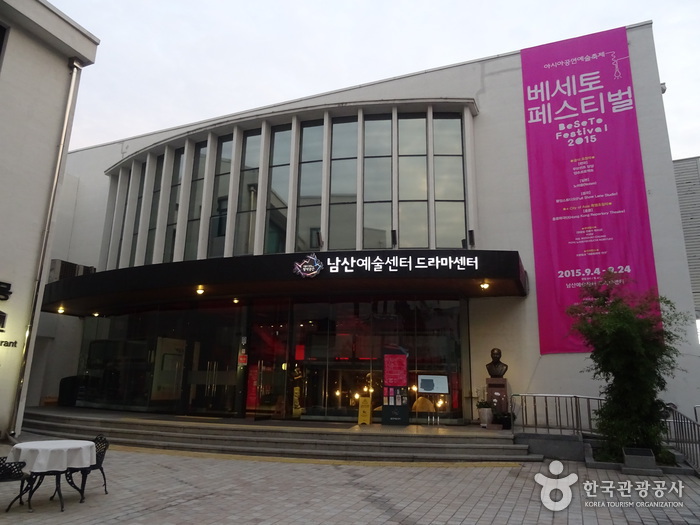
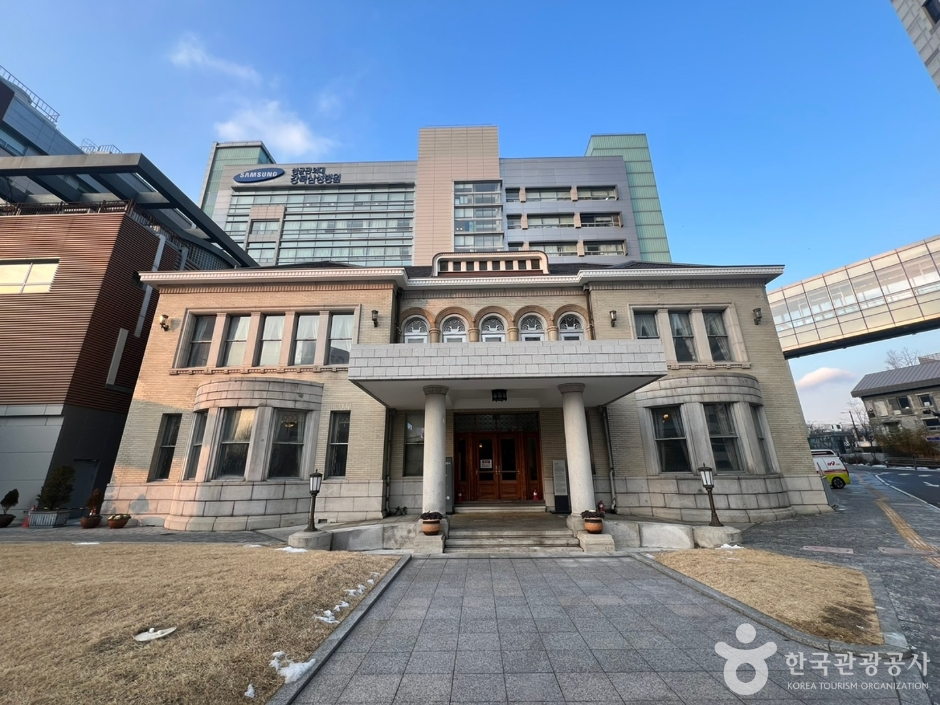
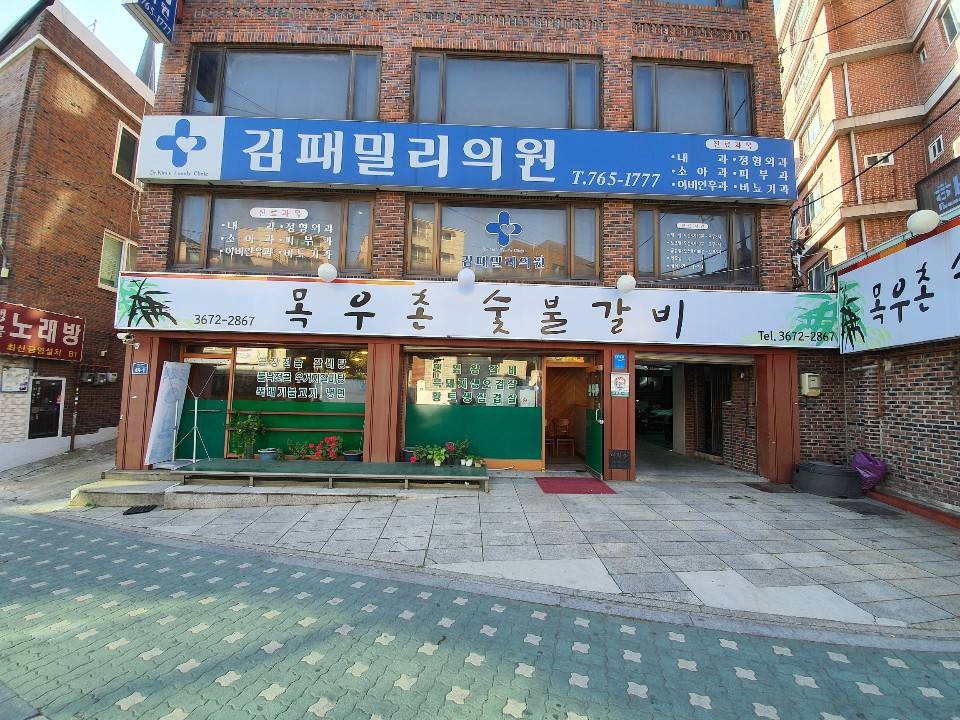
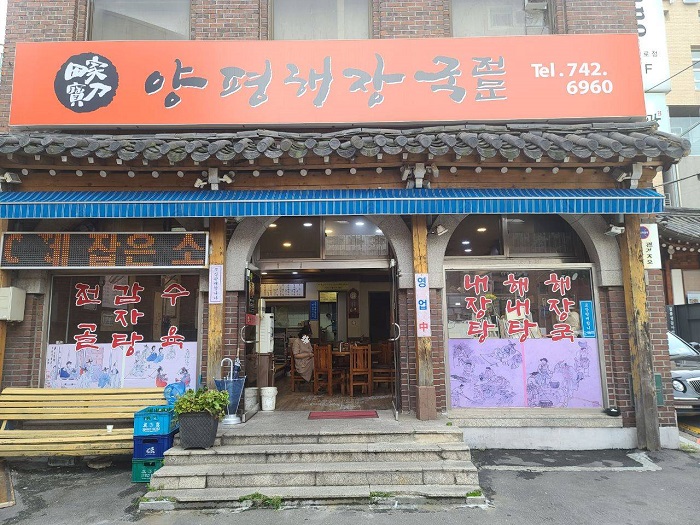

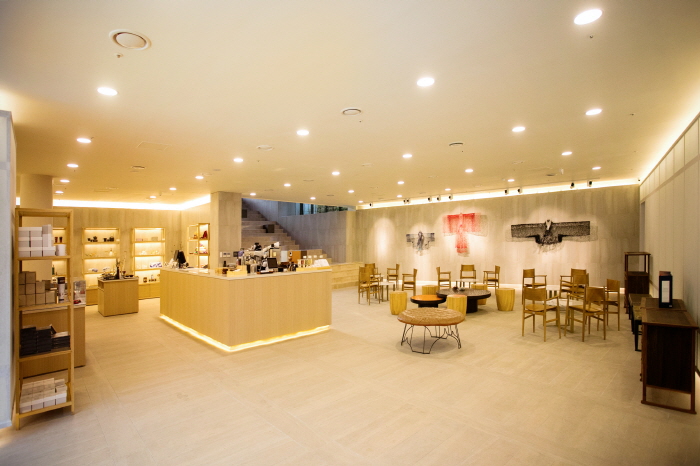
 Español
Español
 한국어
한국어 English
English 日本語
日本語 中文(简体)
中文(简体) Deutsch
Deutsch Français
Français Русский
Русский